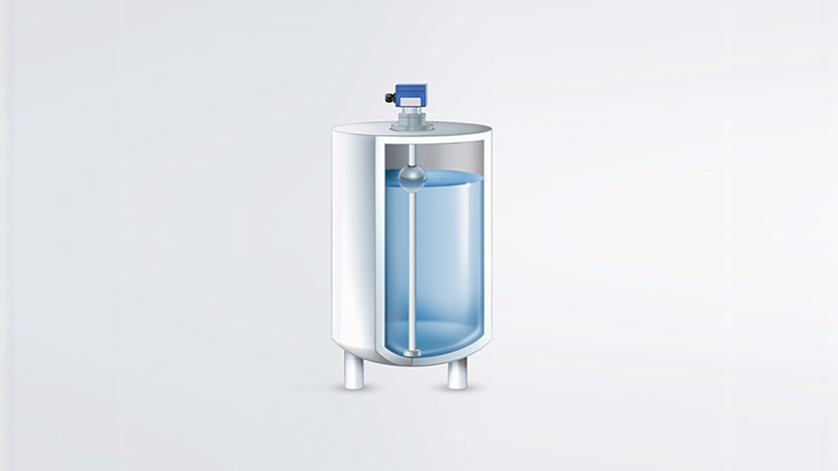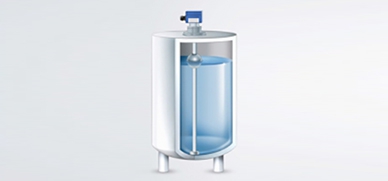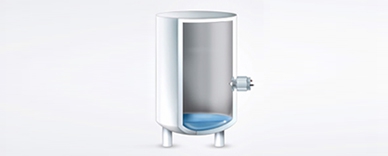
If one is looking for a level sensor, one can be quickly overwhelmed by the huge selection. A level sensor for limit level detection or continuous measurement can be ordered in a variety of technologies and design variants. But how do I find the right level sensor for my application?
If one wants to select a level sensor, the most important selection criterion is the electrical output function. If one wants to monitor a limit in a tank, e.g. dry running (empty) or overfilled (full), then the level sensor should actually be a level switch. However, if it is important to monitor the contents of a tank in detail (e.g. 0 … 100 % fill level), then one needs continuous measurement (= level sensor).
The distinction between level sensor and level switch automatically leads to the exclusion of many technologies, if one is looking for the most economical solution. Although a level sensor with combined electronics can communicate both an analogue signal and switching signals, a pure level switch is always the cheaper solution, if the application is limit level measurement only.
The selection of the most suitable measurement technology

Continuous measurement with float
Level sensors typically feature continuous analogue output signals, such as 4 … 20 mA or 0 … 10 V, which permit the accurate measurement of level and its variation. The sensors can be based on a variety of measurement technologies such as magnetostriction, reed-chain technology, hydrostatic, ultrasound, radar and many more – the choice of which varies from manufacturer to manufacturer.

Point measurement with optoelectronic level switch
Level switches in a traditional float switch design offer a mechanical switch contact or, in electronic version, generally a PNP or NPN transistor output. In the field of switches, there are also a variety of measurement technologies such as reed contact technology, optoelectronics, conductivity, vibronic and many more.
Each of these technologies has advantages and disadvantages, as well as complex, application-specific limiting factors such as conductivity, dielectricity, density, contamination, colour, pressure strength, etc. A reliable statement as to which technology is most suitable or can be used in a specific application environment can only be made after thorough assessment and often also a final test in the plant itself under real application parameters.
Note
WIKA offers you a very wide selection of level measuring instruments. Further information on optoelectronic level switches, hydrostatic level sensors, float switches and further instruments can be found on the WIKA website. You can find videos on the functionality of the individual measuring principles on our YouTube channel. Your contact person will be pleased to advise you on the selection of the most appropriate product solution.

